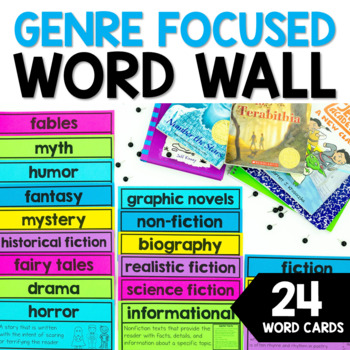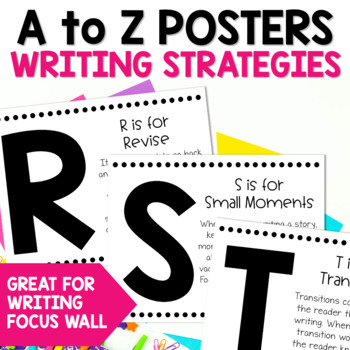These Elements of Fiction Reading Reference Tabs are the perfect addition to your students’ reading notebooks or journals. Each reference tab includes helpful information for each key element of fiction and will help your students keep their reading notebooks organized… they also work great as a standalone reference booklet.
Elements of Fiction Reading Reference Sheets
More about this resource
![]() This resource is included in The Stellar Literacy Collective. Click here to learn more.
This resource is included in The Stellar Literacy Collective. Click here to learn more.
These Elements of Fiction Reading Reference Tabs are the perfect addition to your students’ reading notebooks or journals. Each reference tab includes helpful information for each key element of fiction and will help your students keep their reading notebooks organized… they also work great as a standalone reference booklet.
Check out the preview to learn more about this resource.
There are a total of 12 reference sheets/tabs. Two for each of the following:
- Characters
- Setting
- Plot Structure
- Point of View
- Theme
- Summarizing Fiction
This is ALL the information included on these helpful reference sheets:
- Understanding Character Vocabulary – Traits, Feelings, Thoughts, Actions, Motivations (includes definitions and visual cue)
- A List of Common Character Traits – includes examples for positive, negative, neutral, internal, and external traits
- Think FAST Strategy – explains how students can infer a character’s traits by looking at their feelings, actions, speech, and thoughts
- Character Traits Thesaurus – includes interesting words for students to use instead of common traits and feelings like nice, smart, funny, sad, happy, etc.
- Describing Setting Terms – a list of words students can use to describe the time, place, and environment of a setting
- Genre Specific Settings – gives examples of the types of settings you might see in different genres
- Setting Clues Related to Tone & Mood – includes a chart that gives examples of how readers can identify the tone and mood based on how the author describes the setting
- Story Mountain Chart – includes a visual and a definition of each part of plot structure (exposition, conflict, rising action, climax, falling action, resolution)
- 4 Types of Conflict – includes the definition and a visual cue for the 4 types of conflict (man vs. man, man vs. nature, man. vs. self, man vs. society)
- Plot Structure Question Stems – includes a list of comprehension questions students can ask themselves at each point in the story
- Point of View Key Words – list of key words for 1st, 2nd, 3rd person point of view
- Point of View Checklist – a checklist for how students can determine each type of point of view
- Understanding Perspective – a list of questions students can ask to understand the perspective of each character
- Point of View Examples – includes a small text example of each type of point of view
- Common Topics and Themes – includes a chart with 9 common topics (friendship, family, kindness, accepting differences, sacrifice, bullying, courage, justice, teamwork) includes list of questions to ask about each topic, provides examples of themes/life lessons related to each topic.
- Summarizing Fiction Checklist – includes a list of things to pay attention to, questions to ask, and ideas for how to organize your thinking when getting ready to summarize.
- Summary Transition Words – includes a list of key words students can use when writing a summary
- Summarizing Fiction Strategies and Examples – includes 4 common strategies students can use to summarize fiction (SWBST, BME, 5Ws, CSPST). Provides an example of a summary written using that strategy.
How could I use this resource:
- Use them during small group instruction
- Let students refer back to them during independent reading
- Send home to parents so they know everything that students need to understand about fiction
____________________________________________________
Copyright © The Stellar Teacher Co. LLC
www.stellarteacher.com
Permission to copy for single classroom use only.
Please purchase additional licenses if you intend to share this product.












